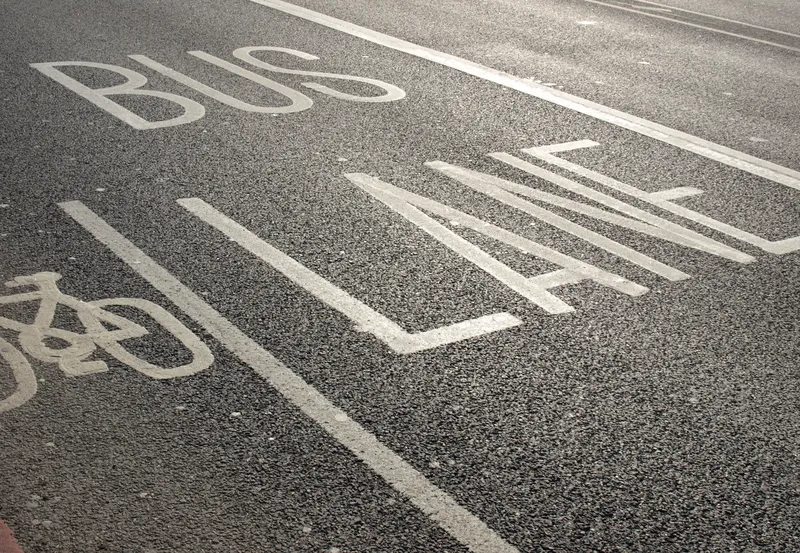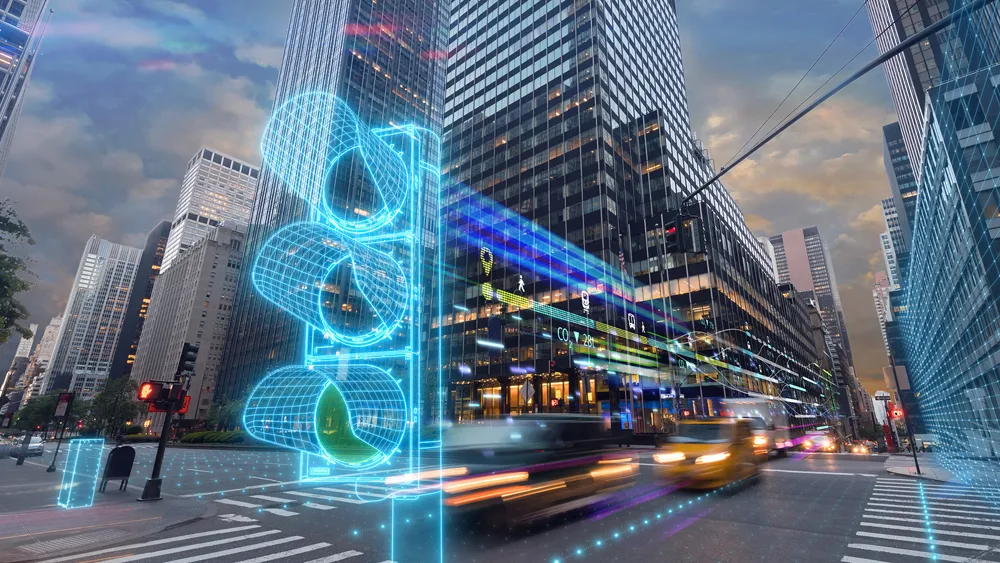
In a blog post on M, Hayden claims its Safe Sense platform can detect, understand and determine the cause of traffic incidents. The artificial intelligence-powered solution is based on autonomous vehicle technology and uses visual perception to detect any traffic violation and its severity, the company adds.
Hayden AI’s CEO Chris Carson says the company’s solutions utilise a city’s existing transportation fleet to collect real-time data that supports the enforcement of traffic laws.
“This cost-effective and scalable approach provides 100% coverage of the roads, allowing us to drastically improve traffic safety, eliminate traffic fatalities and encourage transportation efficiency,” Carson adds.
Vaibhav Ghadiok, vice president of engineering at Hayden, says: “Our Safe Sense platform consists of an intelligent camera, smart cloud, HD maps, and a web portal accessible to city officials, thereby delivering an end-to-end automated solution for traffic enforcement.”
According to Hayden, the solution can also collect data for cities to use in parking management, analysis of traffic patterns, kerbside management and identifying road and pavement hazards.








